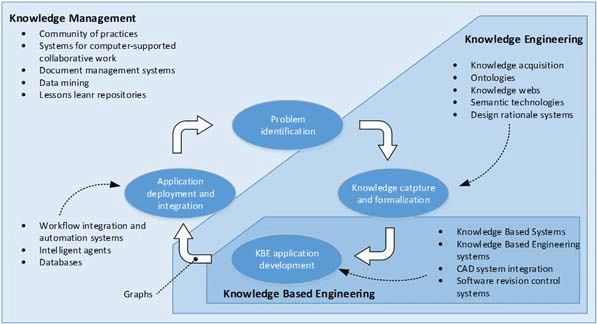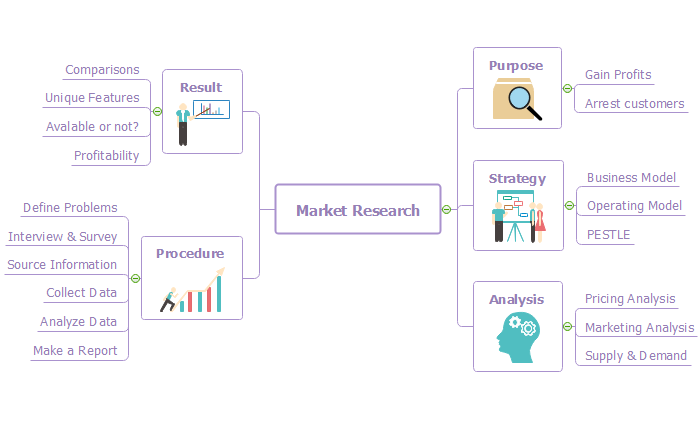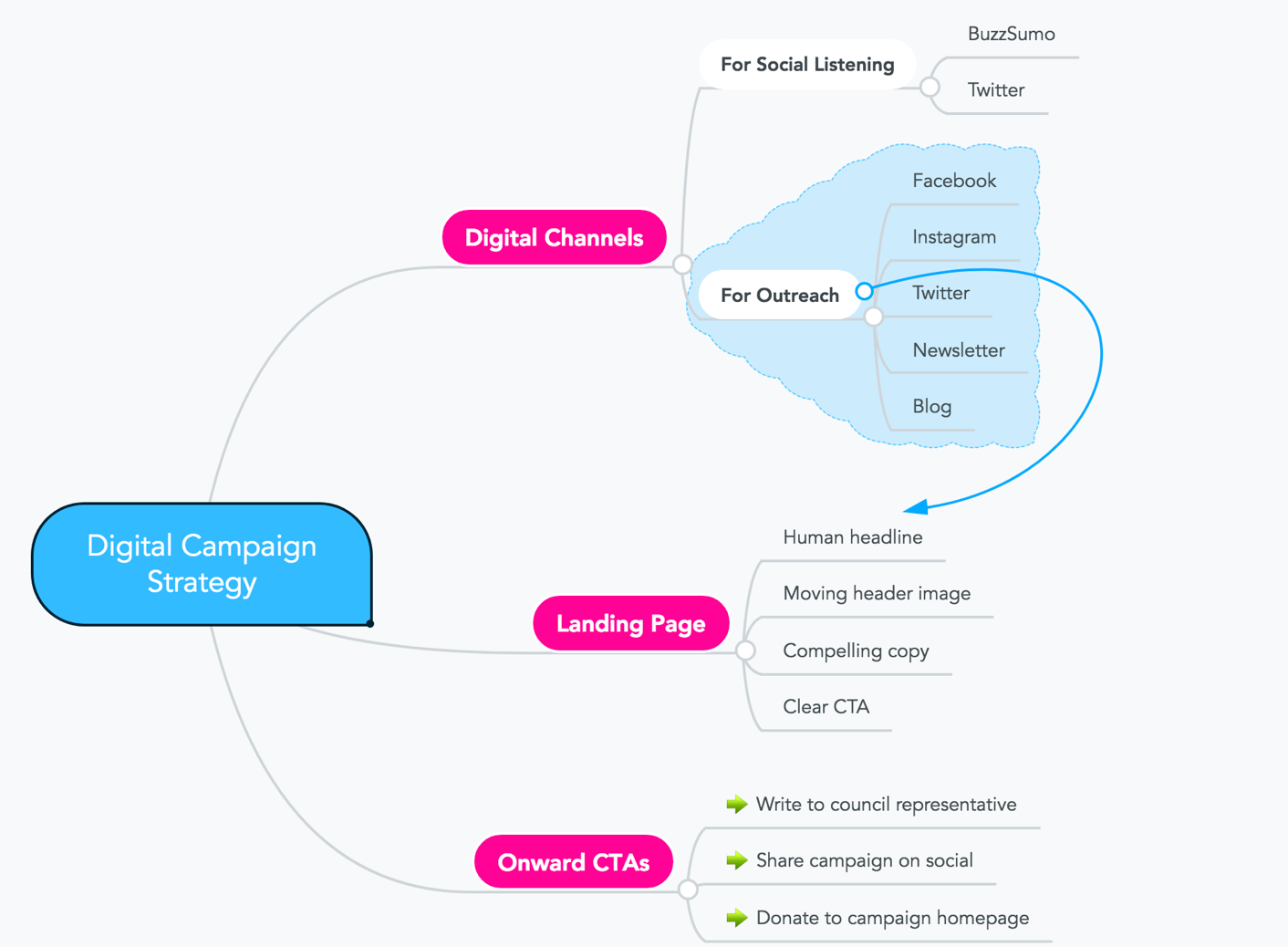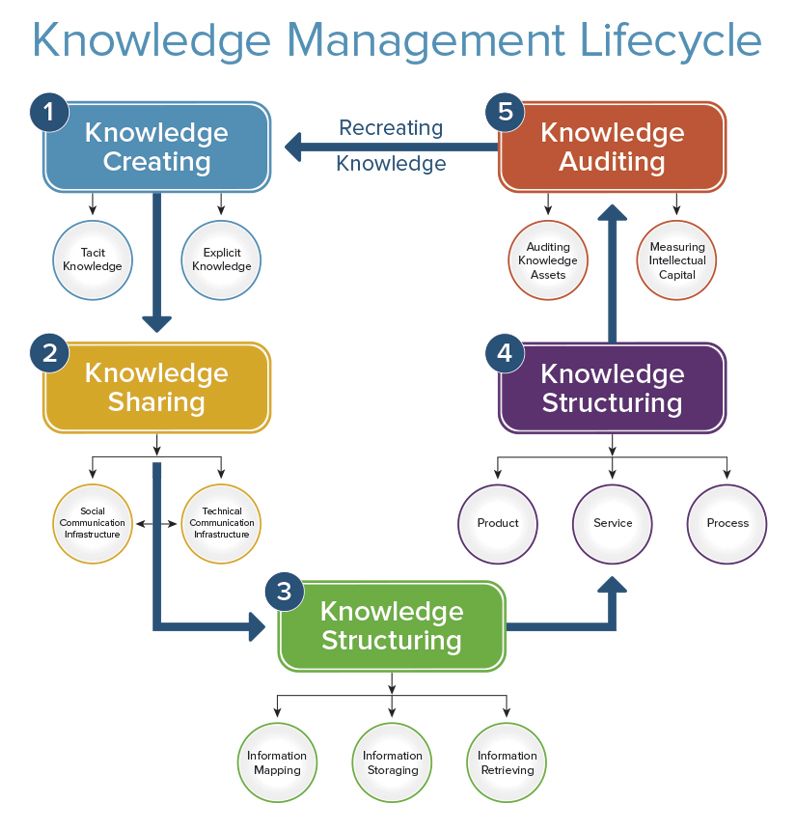Top 4 Knowledge Management Examples You Should Know
Try EdrawMind NowKnowledge is a gift earned from experience and education. An endless amount of knowledge is flowing around us. It’s impossible to store all those knowledge in our brains. There must be a way to manage it, and this is how the concept of knowledge management came into existence. It has become a necessary discipline for every organization. Now, you can explore and grasp the knowledge management examples and the central idea of the knowledge management system in this article.
What is Knowledge Management and Knowledge Management System?
Knowledge is a crucial resource for a company. It gets created, shared, and used throughout an organization. It aims at organizing relevant experience whenever and wherever it is needed. This process of organizing a company’s knowledge for achieving the goals in the best possible way is knowledge management. KM(Knowledge Management) and KMS(Knowledge Management System) are related term but significantly different from each other. Both concepts hold a lot of importance to an organization.
KM is a multidisciplinary approach, and a formal technique of finding out the amount of knowledge a company has that can act as a great advantage to the employees and stakeholders. It ensures that the information is readily available to those who need it. On the other hand, KMS is a system to manage knowledge in an organization for creating, capturing, storing, and distributing information. In simple terms, KMS are technologies supporting KM in an organization.
Knowledge Management Examples
4 examples for knowledge management are listed here.
KM is the concept that everyone should learn to implement appropriately within an organization. The first knowledge management example relates to a mind map of KM that can aid in knowing its components and basics. We elaborated each part in short for your convenience. It represents how the components are related to each other. Besides, it will give you an idea of knowledge engineering. KM and knowledge engineering are interchangeable terms.

Image Source: researchgate.net
A knowledge management system example can be a better way of understanding KM. Suppose a company is working on launching a new product in the market. It has to conduct market research to know the need for the market. It also performs analysis on rivals. All these data will add into a database containing some data on sales potential and figuring out the assets and steps for meeting the targeted sales and satisfying customers. Therefore, the research file is a suitable example for helping you comprehend KMS. It’s a vast concept as you can see here.

Image Source: pinterest.com
For a non-profit organization, creating a strategy for achieving the target of a campaign relies on specific planning. NGOs can implement a mind map for KM and formulating a well-made plan for accomplishing their goals. Like the knowledge management example, shared here, running a digital campaign strategy will demand proper planning in targeting digital channels, landing pages, and onward CTAs. These will be some areas for making the digital campaign successful. Mind maps will facilitate the planning process because what your NGO has to do is already depicted in it. This example is to show how an organization can apply mind maps effectively for their benefit.

Image Source: mindmeister.com
Knowledge management lifecycle is a method of reshaping information into knowledge in an organization. It describes the way knowledge is captured, processed, and distributed. It has several steps, as follows:
- Identifying the existing knowledge
- Planning what knowledge employees or other members require
- Acquiring and developing knowledge
- Spreading the experience where required
- Cultivating the optimal use of knowledge
- Controlling and maintaining the knowledge quality
- Disposing of expertise when it doesn’t need to the organization anymore
As you can see in the picture below, these steps are broken down into concepts and explained in detail.

Image Source: smartsheet.com
What is Goal of Knowledge Management?
The primary goal of knowledge management is to add value to the organization at three different levels:
Improving the way business is functioning
Knowledge management focuses on the improvement of the existing business. It tries to collect information and identifies what better you can do in the organization. For example, cost reduction.
Development of product and services
Organizations try to know what they can do more for increasing the revenue in business at a reduced cost and less time.
Effectiveness and Efficiency
Knowledge management can enhance the effectiveness of an organization. It leads to the achievement of predefined objectives. Learning from what you did is a quick way to increase efficiency. Less time and effort will be applied to complete a task by learning from the experience. Moreover, you will make fewer mistakes during the achievement of those objectives.
Ensure clear understanding
One of the critical goals of KM is to ensure the passing of clear and same information among the employees. They must know their tasks and responsibilities. The foremost aim of KM is to foster innovation by cultivating a continuous flow of exact knowledge.
Availability
Practicing KM in an organization means developing an environment where knowledge flows freely between the members and employees. Any information should be available accurately whenever, wherever, and to whoever required.
Innovation
Innovation is one of the chief ingredients to create a successful business. Knowledge management promotes the innovative culture within the organizational environment.
Easy-to-use Knowledge Management Tool - Mind Map Maker
MindMaster is a fastest growing multipurpose online tool for mind mapping developed for creators and talented learners to create a resourceful mind map. The tool supports multiple platforms. PC users and mobile devices users can download the MindMaster software.
However, users can also create mind maps online. Select the best architecture, themes, styles, build colorful branches, and there’s a lot more to do. This fully functional online tool assists in drawing a mind map with detail. Every feature of this tool is cool. UI is also impressive and easy to understand. Almost everything about this app is notable. It is the appropriate platform to create a mind map in a few minutes using simple to use features of MindMaster.
Features
- Quite affordable membership plan
- Allow users to express them in a creative way
- It has 33 themes, 12 structures with different designs and more than 700 clip art
- Users can customize their mind map at any time they want
- Perfect for presentation makers, quick learners, educators, and people with a creative mind.
Advantages
- Plenty of tools for building a mind map of your choice
- Available on multiple versions
- Community support
Challenges of Knowledge Management
Businesses have to deal with many challenges when they try to implement knowledge management. The problems we are talking about are:
Flexible and Collaborative Culture
Organizations face this as one of the most common challenges, but some are experts at handling it. They already have to pass with struggles while framing and implementing new policies. It’s in human nature that they resist change. They avoid being adaptable or learn from others. Employees don’t put effort into collaborating which is the biggest challenge to ease collaboration in teams. They must be encouraged to come from their zone of comfort and accept changes in the workplace.
Security
Security is a challenge but a necessary thing for any business. Ensuring a way to pass information to the right people without any leakage of data is what every company tries.
Measuring knowledge
Measuring knowledge in an organization is quite challenging because there is no standard of measurement available. In the case of tacit knowledge, it is tougher to measure. Experts suggest aiming at the knowledge purpose instead of efforts or results. You can’t quantify knowledge and this is why the expert’s suggestion is to make sense.
Recognizing an expert
Finding someone in a company who has expertise in a particular knowledge can be used for the base level of understanding for something you want to create. It is a complex process and maybe delicate for some employees as they will feel competitive about their skills.
Storing and managing documents
Some knowledge can’t be given the shape of a document but still need to be in an organized manner. Also, it is not easy for any company to manage documents. A sound documentation management system will assist.
Consistent improvement
Knowledge management systems require continuous improvement over time. Choose the appropriate resources for the optimal and constant running of the process.
Deciding where you should place the KM
Deciding the right department to place the knowledge management tool is also integral to the success of an organization.
Thus, if you want to spread KM all over the organization, determine where the KM strategy should be or who will own it. Mostly, this responsibility is with the HR or the IT department. They have to take care of the effective knowledge management system examples and also maintain a team of knowledge sharing and organizational learning.